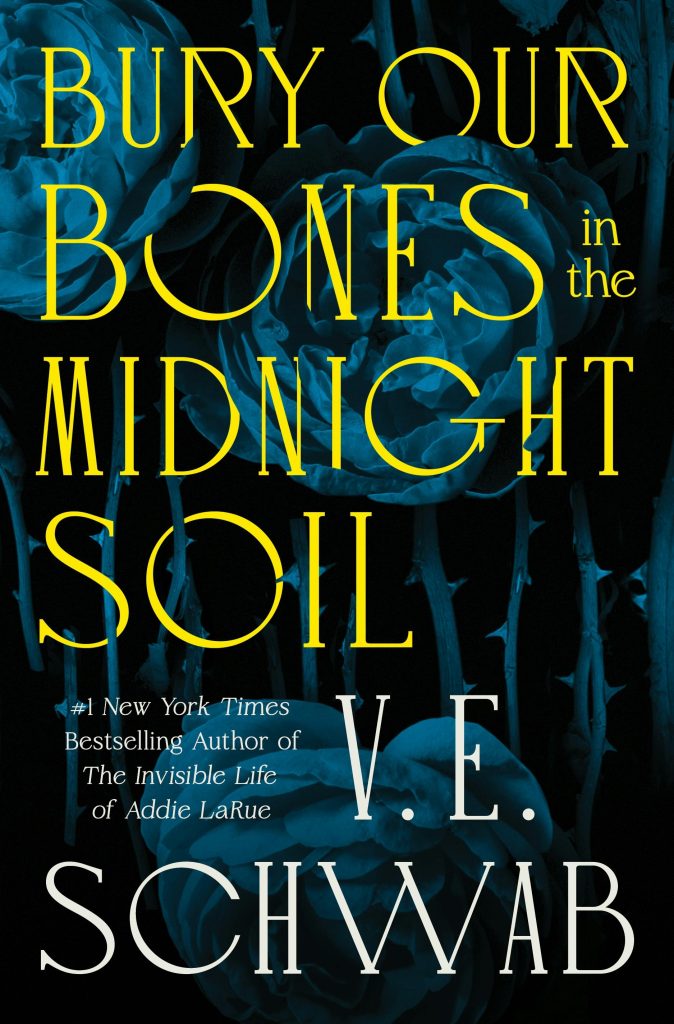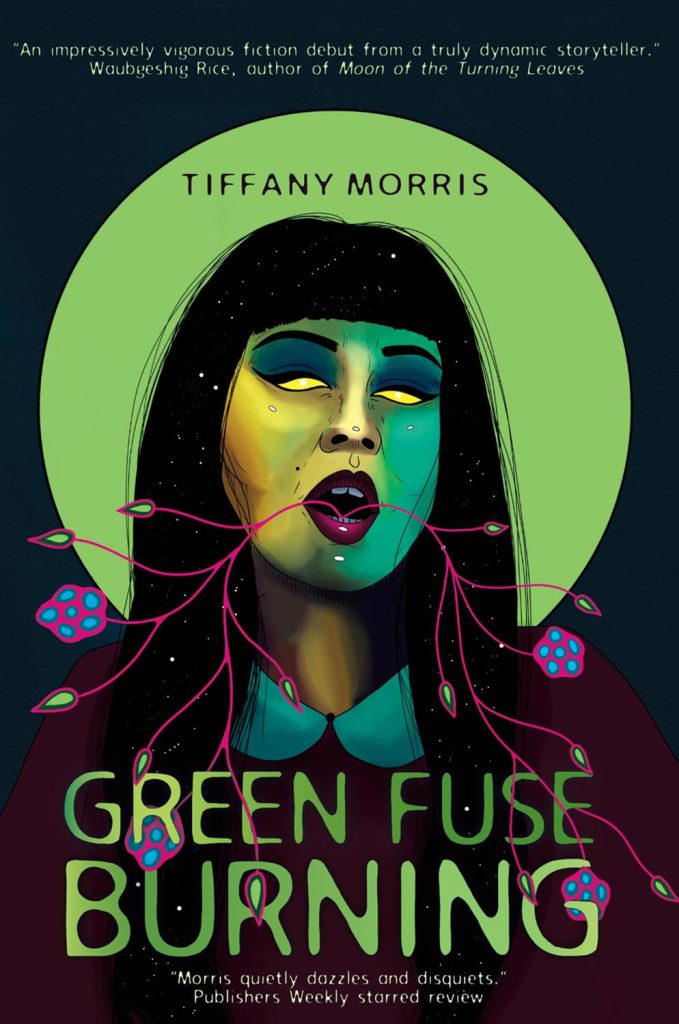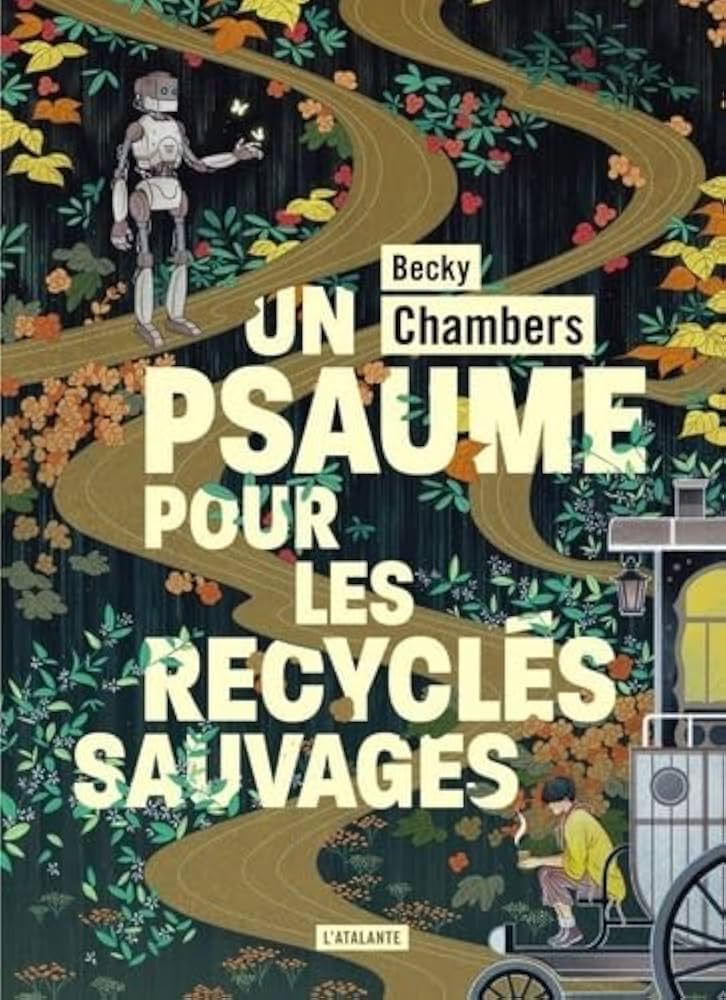Bury Our Bones in the Midnight Soil
By Catherine Hall

In 2020, V.E. Schwab captured the hearts of readers worldwide with the genre-defying The Invisible Life of Addie LaRue, which spent 37 consecutive weeks on the New York Times Best Seller list. This year, she has once again cast a spell over book lovers with another tale spanning centuries, one darker and more visceral than Addie LaRue. It is a story about rage and the inexhaustible desire to have control over our destinies. Oh, and it features lesbian vampires.
Bury Our Bones in the Midnight Soil follows three women across three timelines. In 1532, Santo Domingo de la Calzada, Maria yearns for a life where she is not shackled to men. In 1827, Charlotte dreams of freedom after being sent to London to make her debut. In 2019, Alice moves across the ocean from Scotland to Boston to escape her grief. It takes most of the book—and a few too many flashbacks—for these three stories to intersect, but Schwab weaves these women’s narratives together in compelling ways, as each of them struggles to find their place in society. This is a heavily character-driven novel, in which the protagonists’ desires and, more often than not, their hunger and horror, propel the plot, rather than political intrigue or battles. The pace is relatively slow, but far from boring. In another, less skilled author’s hands, this novel may have been uninspiring, but under Schwab’s care, every page is full of life—even when her characters are coming to terms with the fact that they are (un)dead.
Schwab’s lyrical prose is as haunting as ever, though some passages depicting transformations and killings were surprisingly brutal. If you are a fan of messy, queer villains and vampire fiction, you will definitely want to sink your teeth into this one.
Green Fuse Burning
By Magdalena Nitchi

Tiffany Morris’ Green Fuse Burning is a masterful horror novella that taps effortlessly into the uncanny. Everything about this work, from the characters’ interactions to the descriptions of the natural environment, left me eagerly devouring every page.
The story follows Rita, a young woman estranged from the Mi’kmaq culture and language of her father. A year after his death, Rita’s girlfriend makes an application in her name for an artist’s residence. Left alone to paint in a secluded cabin, Rita begins to see and hear strange things. Was that a body being thrown into the lake? Why do the rabbits she encounters seem to watch her with an unsettling level of awareness? What is pulling Rita closer to the decay of the swamp as her visions and paintings grow ever darker?
With every chapter comes an eerie description of a painting from Rita’s final collection, completed at the cabin just before her mysterious disappearance. The paintings, each more disturbing than the last, serve as a rhythm that punctuates the escalation of the story. Morris’ ability to bring images and textures to life shines vividly throughout this work. However, reader beware: the book contains some fairly graphic depictions of violence and animal death.
I appreciate how this novella focuses on Rita’s grief, loneliness, and alienation from her environment and her Indigenous heritage, the latter of which occurred mainly due to her now-estranged mother. Even her relationship with her girlfriend is already on the rocks when she leaves for her residency, leaving her completely isolated in her cabin. Although this is the place her father grew up, Rita’s relationship with the land is fraught, in no small part because the threat of climate change looms, altering the environment. Even the moon cycle—whose signs she learned as a child—no longer aligns with the temperatures and harvest times. It is this isolation and alienation that allow the seed of darkness plaguing her to take root, trapping Rita in a downward spiral into madness.
Green Fuse Burning is an eerie yet beautiful horror novella that will entrance you with the eldritch terror present in the cycle of life and decay entrenched within its pages, and, perhaps, much like the protagonist, lead you to doubt your own sanity.
Un psaume pour les recyclés sauvages
Par Magdalena Nitchi

La duologie Histoires de moine et de robot de Becky Chambers reste l’une de mes œuvres solarpunk préférées, à laquelle je reviens sans cesse en ces temps difficiles. Le premier tome de la série, Un psaume pour les recyclés sauvages, se déroule sur la lointaine lune Panga des siècles après la désintégration de leur révolution industrielle. Après avoir acquis une conscience, les robots intelligents de Panga sont partis vivre indépendamment des humains et personne ne les a revus depuis.
Le protagoniste, Dex, est un moine qui parcourt le continent pour servir le thé, un rituel qui consiste à écouter et à soutenir émotionnellement ceux qu’iel rencontre. Cependant, même après plusieurs années de travail, Dex a toujours l’impression que sa vie n’a pas de raison d’être. Après avoir erré hors des sentiers battus, Dex rencontre Omphale Tachetée Splendide, un robot curieux envoyé par ses pairs pour voir comment la société humaine s’est adaptée à la vie sans eux. Ensemble, iels tentent de répondre à la question « de quoi les gens ont-ils besoin ? ».
Ce livre est un véritable baume pour l’âme. Si le cœur émotionnel de l’intrigue tourne autour de la recherche du sens de la vie, l’histoire n’est ni tendue, ni tourmentée. Au contraire, le roman inspire le réconfort et met l’accent sur la vie durable, offrant une vision optimiste de l’humanité et de comment nous pourrions potentiellement échapper à certaines de nos crises environnementales actuelles.
J’aime beaucoup la façon dont Chambers aborde la représentation queer dans ce livre. Dex est non binaire, mais c’est une réalité simple qui n’est jamais mise en question. Aucune discussion sur le genre ou l’orientation des personnages n’est abordée, ce qui permet au livre de se concentrer sur la crise identitaire de Dex en ce qui concerne leurs objectifs, et non sur les difficultés associées avec l’homophobie et la transphobie.
Après avoir lu Un psaume pour les recyclés sauvages en anglais et en français, je peux affirmer avec certitude que Marie Surgers a fait un excellent travail de traduction. Quelle que soit la langue dans laquelle vous choisirez de lire cette histoire, vous en ressortirez avec un profond sentiment de satisfaction et d’espoir pour le monde.
